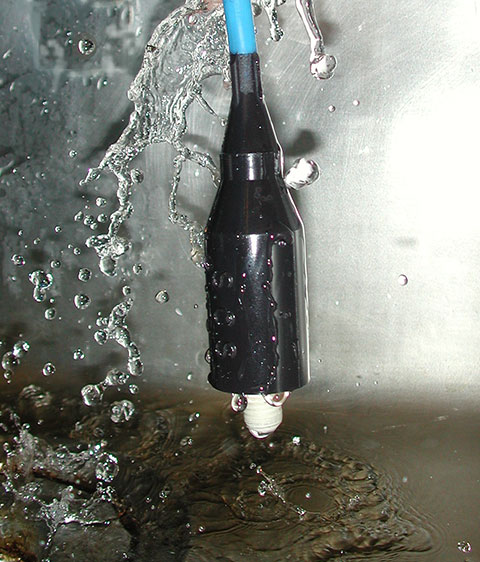
Posted to News on 28th Apr 2022, 13:24
Why the right monitoring system can make a big difference

Incorporating the right condition monitoring system into any process will provide a wide range of long term benefits and this certainly applies to vibration monitoring applications.
These benefits are typically acknowledged as being; increased operator safety, improved productivity, extended operating life, more efficient maintenance procedures and early warning of impending problems. In addition, the inexorable shift toward more automated systems across many industries continues apace means more sensors (more monitoring).
To emphasise the importance of this, if sensors are the eyes and ears of your monitoring system, then the monitoring equipment is the brain, which increases the importance of having the right monitoring system to accurately process, analyse and act upon the data coming in from the sensors.
Sensonics has over 40 years’ experience in manufacturing a wide range of vibration transducers for machine condition monitoring and protection. The range includes standard accelerometers, velocity vibration transducers and eddy current proximity probes in a dual case design using 300 series stainless steel. This offers good corrosion resistance and is suitable for the majority of industrial applications, although the option of all 316 grade stainless steel bodies is available on request for more corrosive environments.
However, where machinery such as pumps, fans and motors are located in a saline/sea water environment there are more advanced options available such as transducer bodies in duplex/super duplex stainless steel. These materials provide superior corrosion resistance over 316 stainless steel for sea water applications and will protect the sensor from corroding as well as the surface of the machine on which the sensor is mounted.
For submersibles, polyurethane or polyethylene jacketed cables are often utilised depending on the application and these have either cable glands for handling pressures up to 10 bar or can be over-moulded onto the body of the transducer to ensure deeper and or higher pressure resistance.
Examples of these more challenging applications include sub-sea motor pump sets, offshore wind turbines, oil and gas platforms, tidal power turbines, wave power, water desalination and LNG plants and carriers, ships, navy, coast guard and oil tankers, as well as coastal located plants with outdoor located plant such as cooling tower fans and CW pumps. Some of these applications are very slow rotational speed applications, and Sensonics’ low frequency/low noise transducers are particularly suited to use in these tasks.
In addition to the standard range of vibration sensors, Sensonics offers a bespoke design service for transducers that are to be used in sub-sea applications, where some of its designs have been to withstand up to 350 bar pressure with third party pressure testing certification.
Want the latest machine building news straight to your inbox? Become a MachineBuilding member for free today >>















